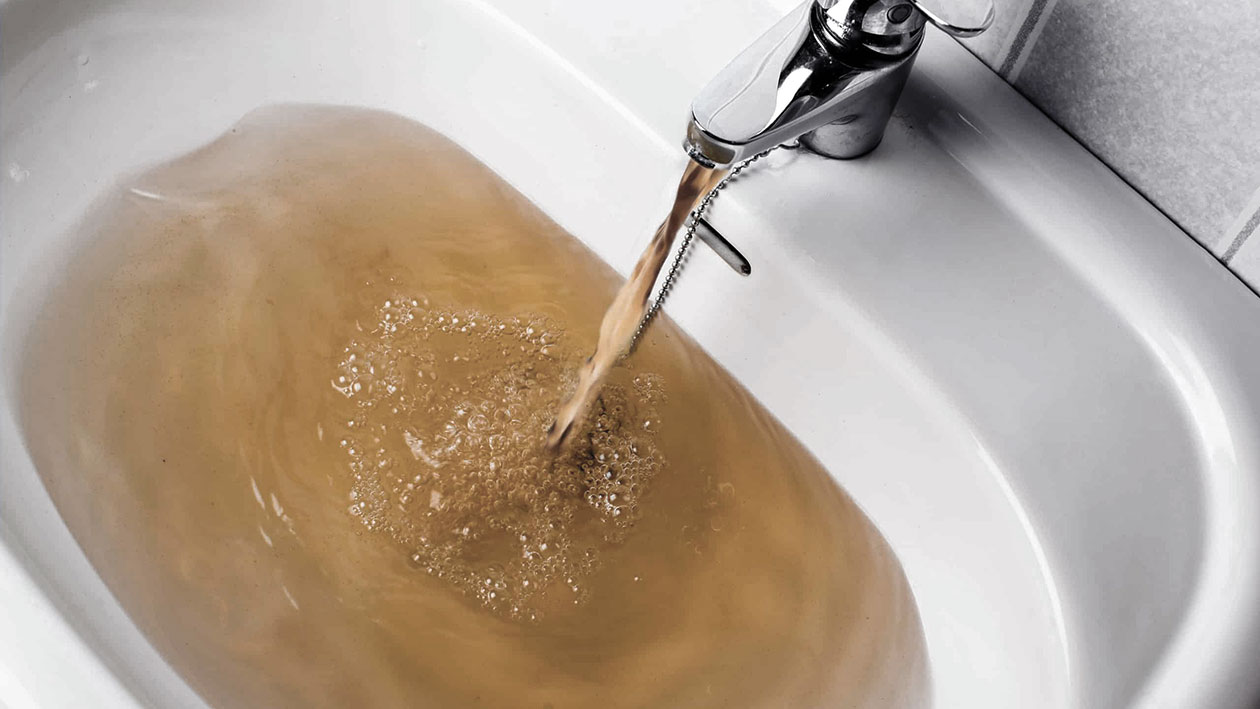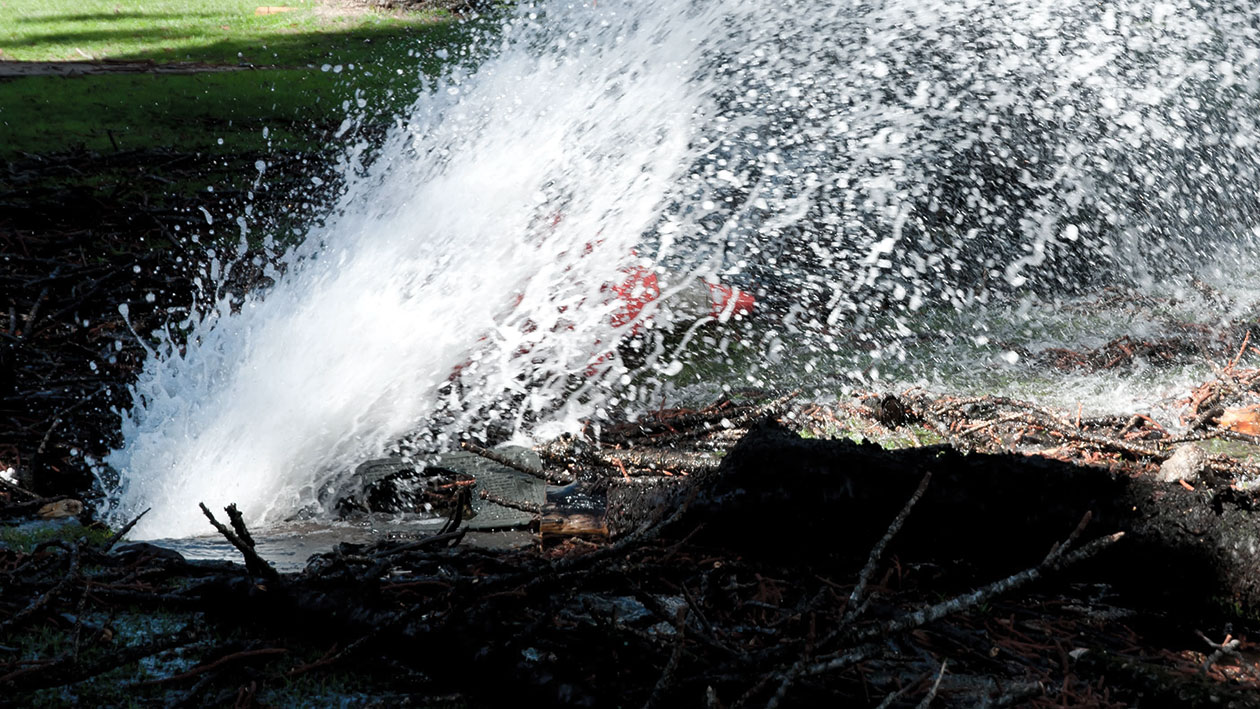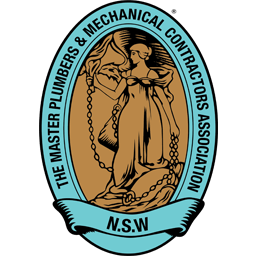A burst water pipe is a homeowner’s nightmare. It causes significant damage and requires immediate attention. Understanding the causes of burst pipes empowers you to prevent them. This comprehensive guide explores the common culprits behind these plumbing emergencies, offering insights into prevention and immediate actions.
What Would Cause a Pipe to Burst?
Several factors contribute to burst pipes. Let’s explore the most common causes:
Freezing Temperatures
Water expands when it freezes. This expansion exerts immense pressure on pipes, especially if they are full. If the pressure exceeds the pipe’s strength, it bursts. This occurs more frequently in areas with freezing winters.
Prevention:
- Insulate exposed pipes, especially in unheated areas like attics and crawl spaces.
- Allow a trickle of water to run from faucets during freezing weather. This relieves pressure build-up.
- Maintain consistent heating inside your home, even when away. A consistent temperature helps prevent pipes from freezing.
Water Pressure Fluctuations (Water Hammer)
Water hammer occurs when water flow suddenly stops or changes direction. This change creates a pressure surge that travels through pipes, potentially causing them to burst. Common culprits include quick-closing valves and malfunctioning appliances.
Prevention:
- Install a water hammer arrestor. This device absorbs the pressure surge, preventing damage to pipes.
- To prevent pressure fluctuations, address plumbing issues promptly, such as leaky faucets or running toilets.
Corrosion
Over time, pipes corrode due to water’s mineral content, pH levels, and the pipe material. Corrosion weakens pipe walls, making them vulnerable to bursting under pressure.
Prevention:
- Identify signs of corrosion early: discoloured water, reduced water pressure, or visible rust.
- Consider replacing older pipes with corrosion-resistant materials, like copper or PEX.
- Water treatment systems can help control water chemistry and minimise corrosion.
Age and Material
Older pipes, particularly those made from galvanized steel, are more prone to bursting. Galvanized steel corrodes internally, weakening the pipe over time. Other materials, like polybutylene, are known for their susceptibility to premature failure.
Prevention:
- Schedule regular plumbing inspections to assess the condition of your pipes.
- Replace older pipes proactively, especially if you notice signs of corrosion, leaks, or use outdated materials.
Clogged Pipes & Blocked Drains
Clogged pipes and blocked drains create pressure build-up as water struggles to flow freely. This pressure can stress pipes, increasing the risk of bursts, particularly at weak points.
Prevention:
- Avoid flushing inappropriate items down toilets or drains.
- Dispose of grease and fats properly, as they solidify in pipes and cause clogs.
- Schedule periodic drain cleaning to remove build-up and maintain proper flow.
Tree Roots
Tree roots, drawn to water sources, can grow into and around pipes, causing damage and blockages. The pressure from root intrusion can lead to pipe bursts.
Prevention:
- Plant trees a safe distance from water and sewer lines.
- Consider installing root barriers to prevent root intrusion around existing pipes.
Poor Installation
Improperly installed pipes, including incorrect fittings, inadequate support, or improper slope, are susceptible to leaks and bursts. Incorrectly joined pipes can weaken over time, leading to failures.
Prevention:
- Always hire licensed and experienced plumbers for all plumbing installations and repairs.
- Ensure adherence to local building codes and best practices.
External Factors
External factors, while less common, can also lead to burst pipes:
- Ground shifting: Soil movement can put stress on buried pipes, leading to cracks and bursts.
- Construction accidents: Nearby excavation or construction work can accidentally damage underground pipes.
Prevention:
- Be aware of your property’s underground utilities and exercise caution during excavation or construction projects.
What Are the Signs of a Burst Pipe?
Recognising the signs of a burst pipe can save you time, money, and significant damage. Here are some tell-tale signs:
- Visible Water: The most obvious sign is visible water pooling, spraying, or dripping where it shouldn’t be.
- Hissing or Banging Sounds: Unusual noises coming from your plumbing system, such as hissing, whistling, or banging, can indicate a pipe leak or burst.
- Low Water Pressure: A sudden drop in water pressure in your faucets or showerheads may indicate a pipe rupture. Read our guide to learn more about how to measure water pressure.
- Discoloured Water: Rusty or murky water coming from your taps could be a sign of pipe corrosion, a precursor to bursts.
- Musty Odours: Persistent damp or musty odours in specific areas, particularly without obvious water damage, could suggest a hidden leak.
- Unusually High Water Bills: A sudden and unexplained spike in your water bill, especially without increased water usage, warrants an investigation for potential leaks.
If you notice any of these signs, acting quickly is crucial. Prompt action can minimise water damage and prevent further plumbing complications.

What To Do if You See a Burst Water Pipe?
A burst water pipe requires immediate action to minimise damage. If you see one, follow these steps:
- Shut Off the Main Water Supply: Locate your main water shut-off valve (usually found near your water meter or where the main pipe enters your home). Turn it clockwise to stop all water flow.
- Turn Off Electricity: If the burst pipe is near electrical outlets, appliances, or wiring, immediately turn off the power to the affected area at the electrical panel. This prevents electrical hazards.
- Reduce Water Pressure (If Applicable): If you can’t find the main shut-off valve, open a few cold water taps at lower levels in your house. This helps reduce pressure in the system.
- Call a Licensed Plumber: Contact a licensed plumber immediately. Explain the situation and request emergency service.
- Document the Damage: Take photos or videos of the damage for insurance purposes. Note the date and time of the incident.
- Start Drying Out: If safe, begin drying the affected area. Remove standing water, use fans to circulate air, and consider a dehumidifier to speed up the drying process.
Important: Do not attempt to repair a burst pipe yourself unless you have plumbing expertise. Improper repairs can worsen the situation and void insurance claims.
Can Pipes Burst if There Is No Water in Them?
Pipes typically do not burst if there is no water in them. When pipes are empty of water, the risk of bursting due to freezing temperatures is significantly reduced. This is because the main cause of pipe bursting in cold weather is the expansion of water as it freezes. Even if you turn off the main water supply to your home, pipes can still burst if residual water is left inside them. This is because:
- Water may remain trapped in certain sections of the piping.
- The trapped water can freeze and expand, causing pressure buildup.
- This pressure can rupture pipes, even with the main water supply turned off.
Dealing with a burst pipe is stressful and costly. Understanding the causes and implementing preventative measures can significantly reduce the risk of experiencing this plumbing nightmare. Remember, regular inspections by a licensed plumber, addressing minor issues promptly, and taking preventative steps during extreme weather can save you significant headaches and expense in the long run.



